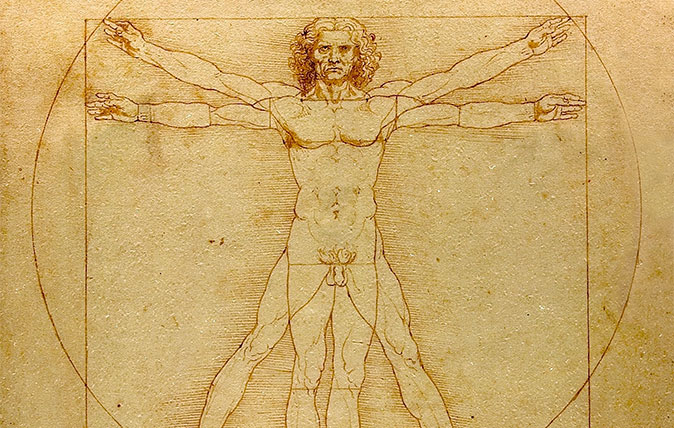Carla Carlisle on left-handed people
The time may finally have come for left-handed people says Carla, as she finds herself in extremely good company


What (you may well ask) do I have in common with Leonardo da Vinci, Charles Darwin, Albert Einstein, Bill Clinton, Barack Obama and David Cameron? Hint: it's not creative genius or a talent for communicating. What I share with the fellows on that list is a gene, LRRTM1, identified at Oxford University in 2007. The left-handedness gene.
There was a time when I might not have admitted to this genetic variation. The nuns in my Catholic kindergarten didn't like it and taped the fingers of my left hand together so that I would write with my right hand. As soon as I got home each afternoon, I would write furiously for an hour with my left hand before going out to play. It was my way of fixing the sick-nervous feeling that writing with my wrong hand caused.
In first grade, my Protestant teachers didn't care which hand I wrote with. They also failed to realise that, by slanting my paper in the same direction as all the right-handed pupils, I had to twist my arm around in a weird-looking position. Primary-school teachers still haven't figured out that left-handers should slant their paper leftwards. Every time I see President Obama signing a Bill into law, I realise that his early teachers were just like mine.
But now, after centuries of left-handers being an oppressed minority that has suffered from various stigmas-being called evil, sinister, clumsy, criminal-and being linked to conditions such as immune disorders, dyslexia and reduced life expectancy, things are looking up. It's tempting to say the enlightenment is thanks to Rafael Nadal and Andrew Strauss, but it's more likely the credit will go to Iain McGilchrist, the philosopher and psychiatrist whose remarkable book The Master and His Emissary presents the relationship between our two brain hemispheres in a new light, not only as an interesting neurological problem, but as a critical factor in shaping Western culture.
Of course, there is nothing new about the knowledge that the brain has two sides, left side and right side. ‘Left-brained' people are said to be practical and organised. They store the WD40, pay the milkman, answer letters, MOT the cars, keep the cow passports/will/BUPA up to date. Right-brained people write poetry, sip Merlot and sing Somewhere Over The Rainbow as they cook lapin à la moutarde for 10. But Mr McGilchrist rejects the old left-brain chauvinism. He maintains that, although the left-brainers are competent and focused, they are mostly concerned about their own patch. They are precise and sensible, but theirs is a narrow vision.
And here's the problem: it is the nature of precision not to look around, not to look outward, but to look in one direction only. Western society has become so specialised, so fixated on precision, that we now worship quantity over quality, theory over experience, degrees over ability and skill.
Enter the left-handers. A mere 10% of the population-a figure that has remained constant over centuries-we tend to be deeply right-brained, but also, thanks to adapting to the right-handed and left-brained world, much less asymmetrical than the other 90% of the population. We are intuitive and we look at the world from all sides. Life's right-handed left-brainers may remember all the words, but it's the left-handed right-brainers who carry the tune.
Exquisite houses, the beauty of Nature, and how to get the most from your life, straight to your inbox.
Modest as I am, I'm not entirely confident that these new revelations about the brain should make us more optimistic about the world now that a left-handed President and a left-handed Prime Minister are in charge.
I can't even say for certain that after 500 thought-provoking pages (read in a right-brained kind of way), I fully understood. But if genius in politics-as in love, commerce and tilling the land-lies in seeing things from all sides, and if my left-handed brethren are best at perceiving the hemispheric whole, I say hurrah. Our time has come.
Country Life is unlike any other magazine: the only glossy weekly on the newsstand and the only magazine that has been guest-edited by His Majesty The King not once, but twice. It is a celebration of modern rural life and all its diverse joys and pleasures — that was first published in Queen Victoria's Diamond Jubilee year. Our eclectic mixture of witty and informative content — from the most up-to-date property news and commentary and a coveted glimpse inside some of the UK's best houses and gardens, to gardening, the arts and interior design, written by experts in their field — still cannot be found in print or online, anywhere else.
